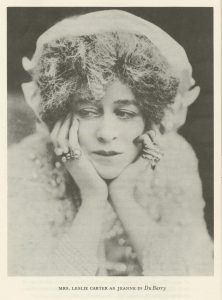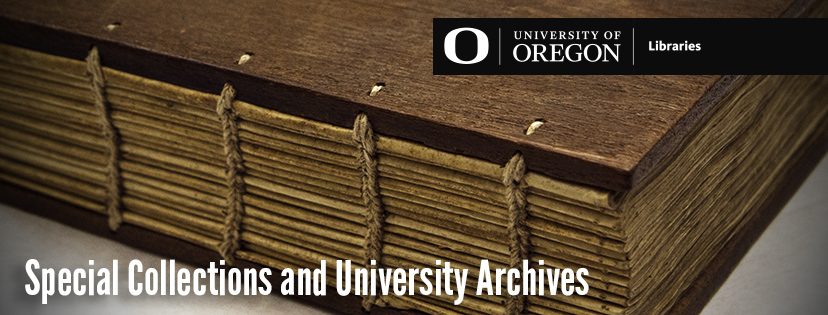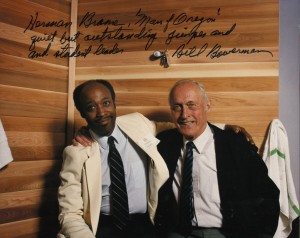Drama at the Museum!

This is the second of a series of blog posts that will explore exhibits during the 1960s at the Museum of Art at the University of Oregon, known today as the Jordan Schnitzer Museum of Art. Part of the Documenting UO History Project, this series will investigate two major types of exhibits: the Statewide Services Program and national exhibits that traveled to the Museum. The University Archives collection of the Museum’s records, cross referenced with the Jordan Schnitzer’s current holdings, reveal a unique institutional history of the Museum, its exhibits, and its employees. Though the Jordan Schnitzer’s current focus is on Asian art, and the Museum of Art also worked to complement its Asian collection, this project will focus on a variety of other kinds of exhibit subjects. See previous posts here.
Have you ever worked on a group project where no one’s role was completely clear? Institutions often have this challenge too; similar kinds of collaboration and communication needs to happen between all parties. For example, the American Educational Theatre Association (AETA) decided to hold its annual conference on the UO campus in August of 1962, and they coordinated the conference themes with art exhibits. AETA program managers worked with the Museum of Art’s employees to display theatrical art during the conference. They encountered many ups and downs along the way. The Museum of Art hosted several exhibitions for the AETA in their galleries. One of these was a large exhibit called “A Portrait History of American Acting,” and this post will explain some of the challenges involved in displaying it at the Museum of Art.





